Protecting an Airstream against harsh winter weather requires careful consideration of its unique construction and the vulnerabilities that come with it.
From insulating against the cold to winterizing plumbing systems, each step is crucial to not only extend the camping season but also preserve the integrity of the trailer during storage.

As a proactive owner, my experience in outfitting my Airstream for the colder months has given me valuable insights into the best practices for winter maintenance and camping in inclement weather.
Key Takeaways
- Effective winterproofing protects an Airstream’s systems and extends its usability during colder months.
- Proactive preparation prevents damage to plumbing and water systems caused by freezing temperatures.
- Regular maintenance and proper storage techniques are essential for preserving an Airstream through winter.
Understanding the Airstream Build for Winter
In examining Airstream travel trailers’ suitability for cold weather, two critical aspects emerge: their insulation capabilities and the dual role of windows and ventilation in maintaining comfort and temperature control.
Insulation and Build Quality
Airstreams are constructed with a unique aluminum shell design, which inherently lacks the insulative properties of more traditional materials found in other travel trailers.
However, to combat the conductivity of the aluminum, Airstream incorporates layers of insulation to help retain heat.
The quality of this insulation is vital in ensuring that Airstreams remain warm during colder months. Additionally, the interior also features thermal barriers which help to reduce heat loss.
- Insulation type: Fiberglass or equivalent
- Wall construction: Aluminum skin, insulation, interior wall
Windows and Ventilation
While windows in any Airstream provide natural light and a feeling of openness, it’s important that they also perform well in terms of insulation and prevent heat loss.
Airstream windows are typically dual-paned or are made with thermal materials to minimize the escape of heat. Meanwhile, effective ventilation systems are crucial to manage moisture and preserve a comfortable indoor climate.
It’s important that the windows are well-sealed and that ventilation systems are functioning correctly to balance moisture control with heat retention.
- Windows: Seal integrity, dual-paned or thermal materials
- Ventilation: Moisture management, heat conservation
The insulation and build quality, coupled with the design and functionality of windows and ventilation, are pivotal when considering how an Airstream stands up to cold weather.
Together, they play a fundamental role in ensuring that Airstream travel trailers can offer a comfortable living space, even in lower temperatures.
Preparing for the Drop in Temperature
As temperatures plummet, ensuring your Airstream is ready for freezing conditions is crucial to prevent damage and maintain comfort.
Weatherproofing Essentials
Firstly, weatherproofing my Airstream is imperative to withstand winter’s rigors. I start by inspecting all seals and caulking, promptly addressing any air leaks that can allow cold drafts to enter.
This preemptive step is vital in protecting against the freeze and ensuring no warmth escapes. Additionally, installing window tints can bolster insulation, reduce heat loss, and minimize the risk of interior damage from UV rays.
I also equip myself with a sturdy snow shovel, a must-have for clearing paths and access points to my Airstream. Without it, snow accumulation can impede doors or vents, potentially causing severe issues.
Temperature Regulation
For Airstreamers keen on maintaining a cozy indoor climate, effective temperature regulation is key. I rely on my furnace to provide a bulk of the heat, always ensuring it’s in top working condition.
For additional warmth, I strategically use space heaters, which serve as an excellent supplement. However, it’s critical to follow safety protocols when operating these devices to prevent fire hazards.
Should the onboard HVAC systems falter, it’s wise to know the troubleshooting steps for an RV AC unit. While these systems are primarily for cooling, many have integrated heat pumps that provide warmth.
Efficient use of these systems while preventing freeze-related damage is a delicate balance, but with careful planning and the right equipment, my Airstream can indeed become a winter-safe haven.
Plumbing and Water Systems Winterization

Winterizing the plumbing and water systems is critical to ensuring an Airstream can weather the cold. Specifically, this involves protecting the integrity of pipes and tanks, as well as properly preparing water lines and pumps for freezing temperatures.
Protecting Pipes and Tanks
I make it a point to focus on the piping and tank system first. In temperatures below freezing, water expands as it turns to ice, which can cause pipes and tanks to burst.
That’s why it’s essential to empty all tanks and drain water from the pipes.
I use non-toxic RV antifreeze to ensure pipes, plumbing fixtures, and water tanks don’t freeze and crack.
For the plumbing fixtures sensitive to cold, such as RV toilets, I take extra precautions by adding antifreeze directly to the bowls and tanks.
- Drain fresh, grey, and black water tanks thoroughly.
- Place RV antifreeze in all sinks and toilets to protect traps and seals.
Winterizing Water Lines and Pumps
When it’s time to winterize water lines and pumps, I prefer using an air compressor to blow out any remaining water in the system.
This method, coupled with the use of RV antifreeze, ensures that water lines and the pump do not retain any residual water that could freeze and cause damage.
I make sure the compressor’s pressure is not too high to avoid damaging the pipes.
If I encounter any problems, such as water heater irregularities, I consult guides on fixing intermittent water heater issues to troubleshoot effectively.
- Use an air compressor at a suitable pressure to clear water lines.
- Add RV antifreeze to the system following the manufacturer’s guidelines to prevent any remaining water from freezing.
Camping and Storage Solutions

When preparing my Airstream for winter, I consider both where I’ll camp and how to store my travel trailer to protect it from the cold. The key is to optimize for warmth and safety in both scenarios.
Choosing the Right Campsite
I select campsites that are sheltered from wind and heavy snowfall, preferably with natural barriers like trees or terrain.
These natural elements can provide significant insulation and protect my Airstream from harsh conditions.
Proximity to amenities is also a factor; should I need any emergency supplies or services, being closer to facilities can be crucial.
Long-term Storage Tips
If I’m not braving the winter roads and instead storing my Airstream, I ensure it’s in a location that is dry and level to prevent any undue stress on the frame.
Properly winterizing the plumbing to prevent freezing is non-negotiable, and I often consult guides for winter storage to make sure I don’t miss any crucial steps.
Airstream Skirting Options
To combat the cold creeping into the Airstream from below, I consider skirting a necessity. Airstream skirting options typically include custom-fit AirSkirts, which I prefer because they create a reliable temperature barrier.
Additionally, skirting helps in maintaining heat consistency inside the trailer and in the plumbing bays, which is vital in freezing temperatures.
Comprehensive Winter Maintenance
Maintaining an Airstream for winter use demands vigilance and a proactive approach to prevent damage from the harsh cold weather.
Regular Checks and Upkeep
I recommend frequent inspections of the Airstream’s roof and seals to prevent leaks, which can be exacerbated by snow and ice.
Tires should be checked for proper inflation and wear, as cold temperatures can affect pressure and traction.
For energy concerns, ensuring that batteries are fully charged and stored correctly is crucial because cold weather can significantly decrease their performance.
In terms of water heaters and plumbing systems, visual inspections can help detect any potential issues that may lead to freezing or other damage.
When winterizing the Airstream, removing all water and following a thorough checklist including lubrication of moving parts is essential to protect my investment. Frequent application of RV-grade lubricants on awnings can help prevent common issues.
Professional Help and Repairs
Sometimes the tasks required for maintaining an Airstream in winter are out of my area of expertise.
In those times, I seek professional help, especially for technical aspects like the power system and more intricate components of the vehicle.
A professional can provide a comprehensive examination of the electrical system to ensure no disruptions occur due to cold weather, and they can also assess the efficiency of wind generators while traveling.
Moreover, addressing storage compartment leaks becomes more pressing as these spaces are prone to damage from ice accumulation.
Professionals have the experience to effectively solve leak problems, ensuring that my belongings stay dry throughout the season.
For peace of mind, I trust experts with systematic checks and repairs to safeguard my Airstream against the rigors of winter.


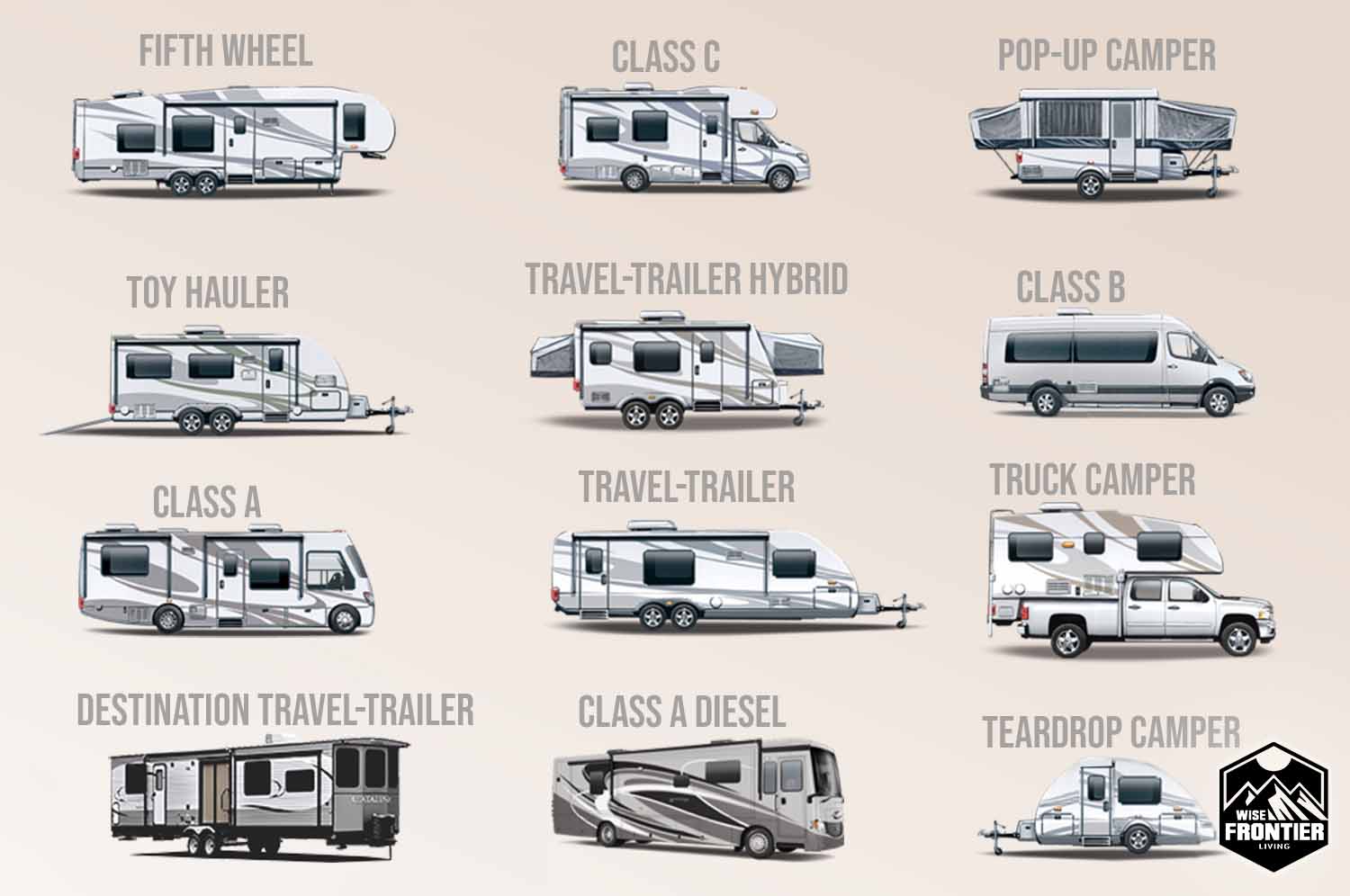

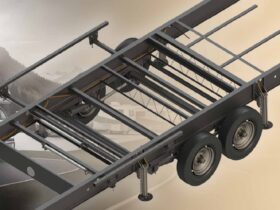

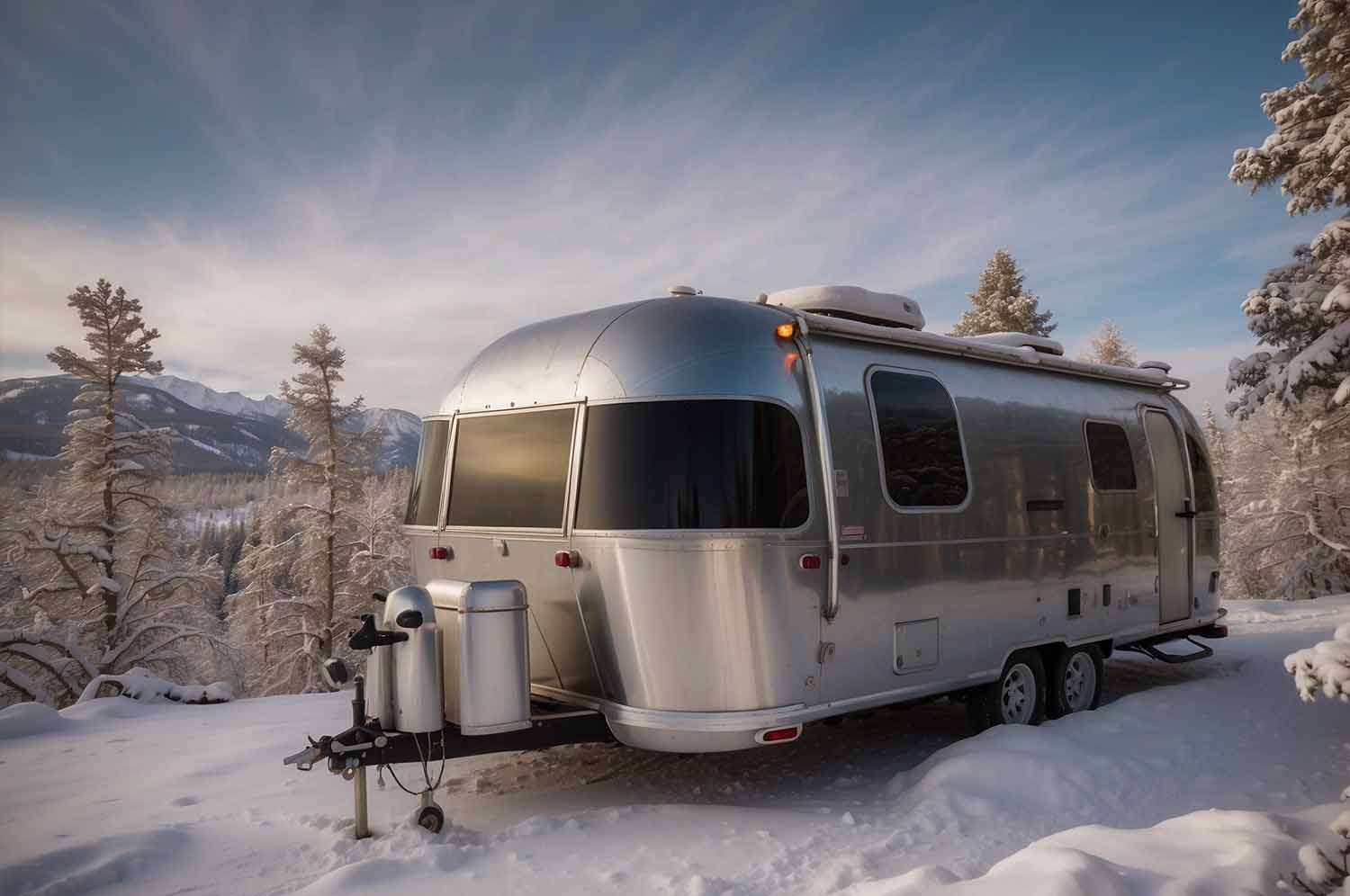
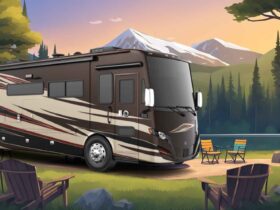
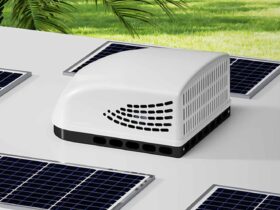
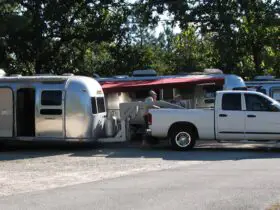
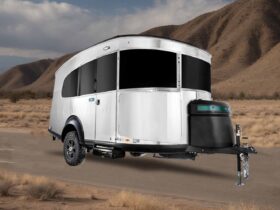

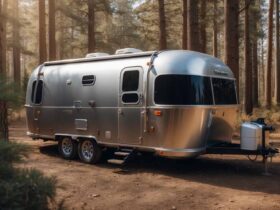

Leave a Reply